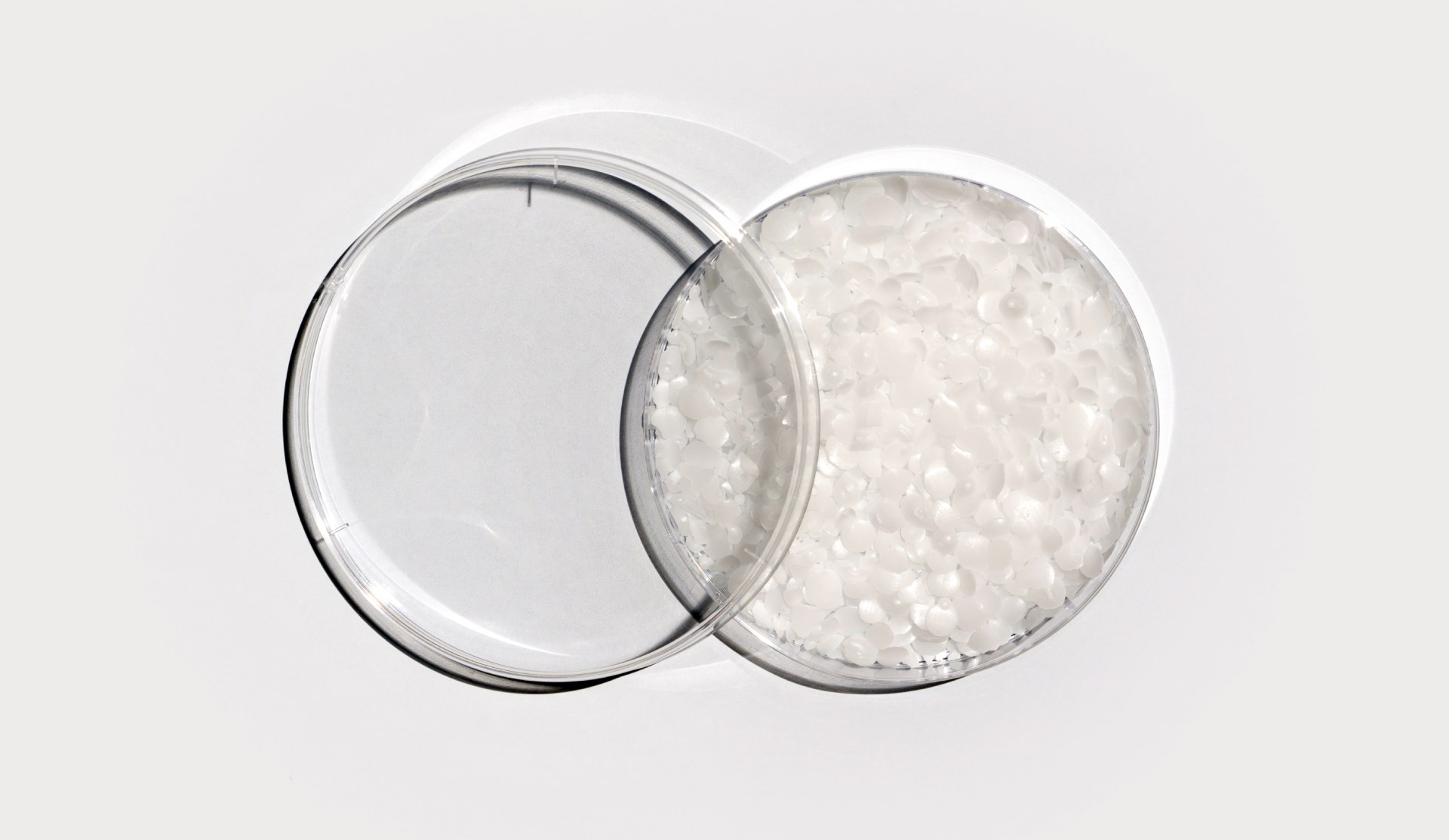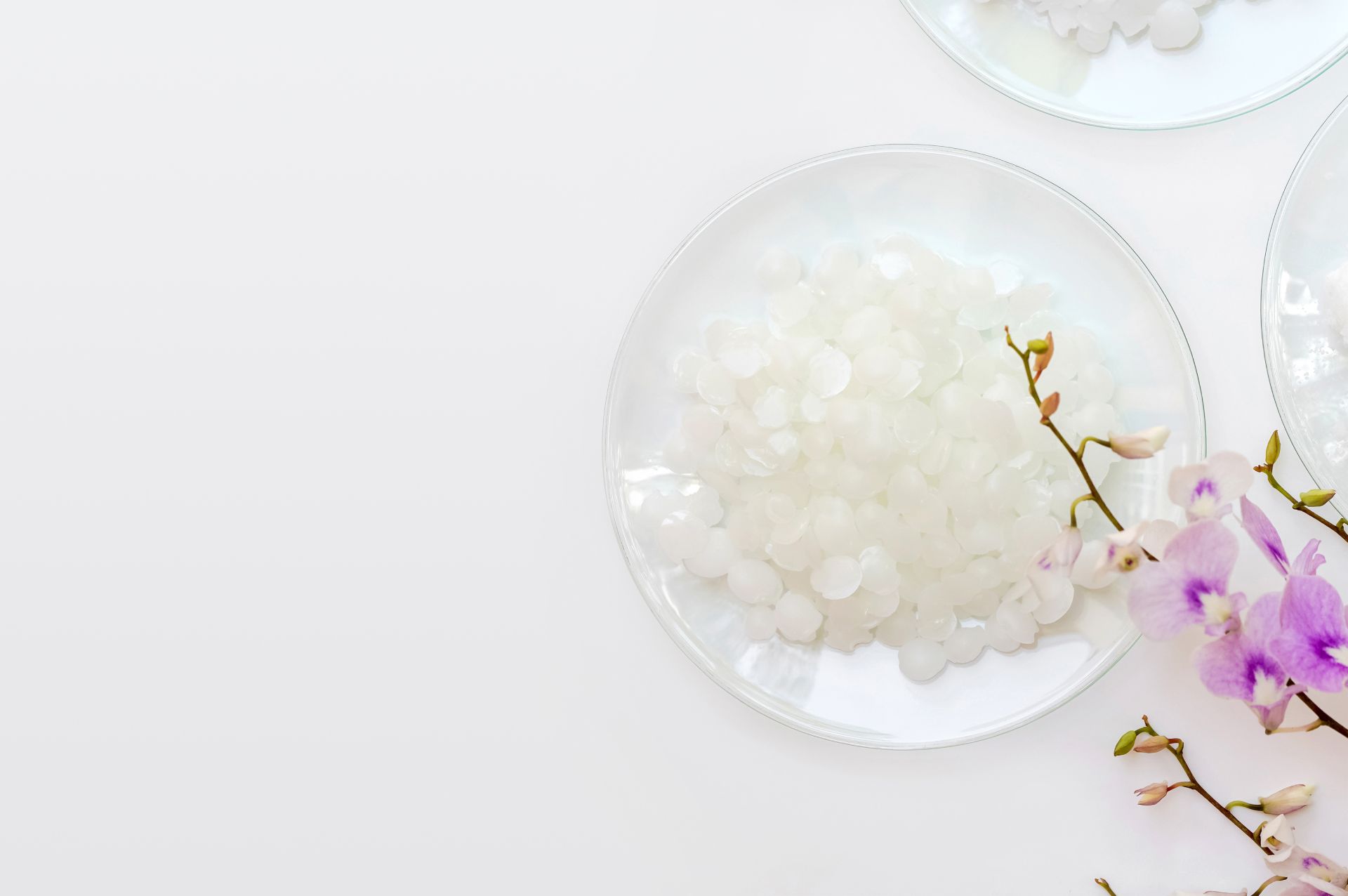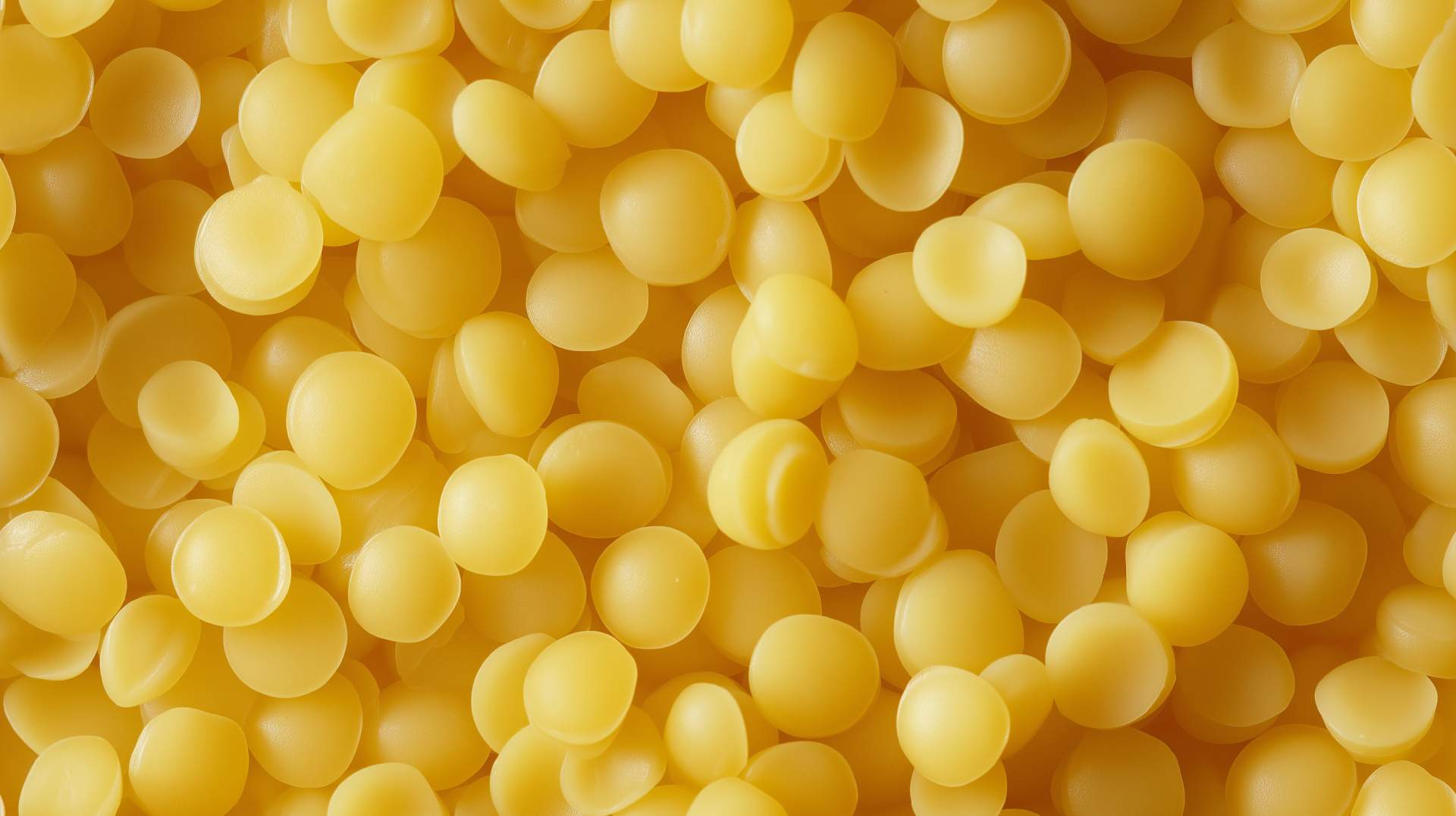
Microcrystalline wax represents a multi-purpose substance available for numerous manufacturing applications. This petroleum-derived wax displays a fine crystalline structure and elevated melting point above alternative waxes.
The wax functions as a fundamental component across multiple industrial sectors and its exceptional characteristics enable its popularity as an ingredient across cosmetic and candle production.
Does microcrystalline wax perform better than beeswax or paraffin when used as waxes? What options can people consider if wanting plant-based or vegan food options? This article investigates the properties of this high-melt wax by examining its industrial applications and comparing its characteristics against other wax types.
The refining process of microcrystalline wax from petrol de-oiling yields a product that requires advanced refinement for high-quality standards.
The wax structure consists of tiny crystals which create both flexible and durable properties. The particular crystal arrangement of this refined petroleum wax produces its own texture while achieving higher melting points compared to waxes such as paraffin.
Its unique properties make microcrystalline wax valuable for industrial applications because manufacturers use it as both a stabilizing agent and binding material. Its oil content determines both its flexibility and tackiness.
The unique physical structure of this particular type of refined wax enables it to fulfill multiple industrial requirements; that's one of the reasons why this product exists in multiple formats including pellets and slabs which provide versatility for industrial applications.

The origin of microcrystalline wax and paraffin wax from petroleum does not diminish their substantial structural and application differences.
Because of its densely arranged crystals microcrystalline wax develops superior strength along with malleability compared to the larger crystal structure which exists in paraffin wax.
Furthermore, microcrystalline exhibits stronger heat requirements than paraffin wax to reach its melting point because of its distinctive crystalline structure, it also demonstrates superior durability and water resistance which also enables cohesive behavior.
The industries selecting paraffin wax benefit from its smooth texture together with lower price points most prominently in candle-manufacturing, cosmetic formulation and packaging applications.
The contrasting properties between these two waxes establish their distinct applications in different industries.
The superior strength and stability characteristics of microcrystalline wax match products needing these traits yet competing with paraffin wax despite its attractive soft texture and budget-friendly nature.
The industry's ability to select appropriate waxes for their particular requirements depends on understanding these fundamental differences which lead to optimal performance across applications ranging from adhesives to coatings and personal care products.
The cosmetics industry depends heavily on microcrystalline wax because it shapes product textures while structuring and boosting their functional capabilities and shelf life.
This versatile ingredient is found in lipsticks, balms and skincare formulations because it creates a smooth texture that enhances application comfort and provides both emollient properties for moisture retention and skin hydration.
Beyond its moisturizing effects, this petroleum-based wax facilitates important formula stabilization and thickening properties while moisturizing cosmetic products so they keep their shape throughout extended use periods.
The addition of firmness through microcrystalline wax protects products from melting or softening under heat conditions thus benefiting stick-based applications such as lip balms, lipsticks and deodorants by ensuring proper shape retention.
The most common uses of microcrystalline wax in cosmetics are:
The high melting point of this particular wax stands out from paraffin wax thus determining its applicability across different uses.
The melting point of micro wax is between 54°C and 102°C and varies according to its particular chemical makeup which enables manufacturers to customize its functional properties.
Products benefit from elevated melting temperatures because they maintain structural stability despite temperature changes, preventing degradation.
The extensive range of melting temperatures between 54°C to 102°C especially benefits production techniques needing consistent product form during average and hot thermal conditions.

The unique qualities of microcrystalline wax and beeswax drive consumers and manufacturers to evaluate their specific requirements before making application decisions.
Natural beeswax produced by honeybees serves as a highly valued substance because it produces pleasant aromas while being environmentally friendly and having traditional applications in skincare and candle-making as well as natural remedies.
The petroleum-derived microcrystalline wax provides superior availability consistency together with flexible formulation options and higher melting point properties which make it ideal for industrial applications requiring durability and stability.
Manufacturers make their choice between these waxes according to product needs; where micro wax works best for cosmetics and adhesives and coatings, beeswax dominates organic and natural formulations.
The skincare industry relies on microcrystalline wax as a key ingredient because it creates both skin softness and smoothness alongside moisture-retention properties that extend hydration duration.
Many skincare formulations depend on this wax because it creates a luxurious creamy texture which improves performance and feel of lotion, balm and cream.
The safety of this synthetic wax is established but individual skin responses differ so consumers with sensitivities or allergies must observe their skin's reactions. To achieve optimal compatibility between microcrystalline wax and skin care preferences people should identify cautionary ingredients through label inspection to avoid adverse reactions.
Candle makers prefer microcrystalline wax due to its double effect on texture and overall performance which strengthens candle durability alongside visual appeal.
Its main benefit derives from maintaining candle shape while minimizing drippage and delivering uniform flame patterns that enhance household enjoyment of candles.
micro wax provides both functional excellence and superior color retention and fragrance dispersion properties which enable candles to display attractive colors while delivering stronger and more balanced fragrance releases.
Thanks to its versatility, microcrystalline wax functions as an essential blending element for different wax combinations that allow craftsmen to produce tailored candles according to different aesthetic and functional requirements.
Here are some common alternatives to microcrystalline wax:
Manufacturers and artisans can customize their formulations through the different characteristics of plant-based waxes that include carnauba wax.
The diverse properties of these alternatives allow users to select the most appropriate solution based on their application whether it is candle manufacturing or skincare production or industrial needs.